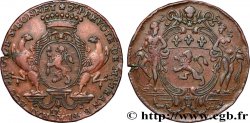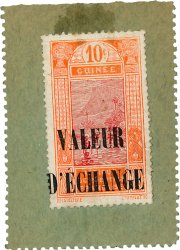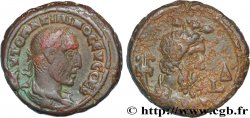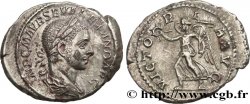fjt_079004 - LYONNAIS - CONSULATE OF LYON Jeton Ar 27, récompense offerte par le Consulat 1629
450.00 €(Approx. 526.50$ | 387.00£)
Quantity
Add to your cart

Type : Jeton Ar 27, récompense offerte par le Consulat
Date: 1629
Metal : silver
Diameter : 27 mm
Orientation dies : 6 h.
Weight : 4,60 g.
Edge : lisse
Rarity : R2
Coments on the condition:
Petit défaut de flan à sept heures indiquant une découpe à l’emporte-pièce. Usure régulière avec une patine grise sur les fonds
Obverse
Obverse legend : * QVIETVM. QVIS. IMPVNE. LACESSET.
Obverse description : Lion couché à gauche devant un palmier ; à l’exergue : (trèfle) 1629 (trèfle).
Obverse translation : (Qui troublera impunément son repos ?).
Reverse
Reverse description : Couronne de chêne. Au centre en trois lignes : MERCES/ SVBLIMIS/ HONORVM.
Commentary
La devise “merces sublimis honorum” est empruntée à Paradin, Devises héroïques, 1557, 250. Le motif de ce jeton est l’œuvre d’un peintre resté inconnu, la gravure des coins est l’œuvre d’un graveur lui aussi inconnu. La frappe de ces jetons a probablement eu lieu à la Monnaie de Trévoux.
The motto “merces sublimis honorum” is borrowed from Paradin, Devises héroïques, 1557, 250. The motif of this token is the work of an unknown painter, the engraving of the dies is the work of an engraver who is also unknown. The minting of these tokens probably took place at the Trévoux Mint
The motto “merces sublimis honorum” is borrowed from Paradin, Devises héroïques, 1557, 250. The motif of this token is the work of an unknown painter, the engraving of the dies is the work of an engraver who is also unknown. The minting of these tokens probably took place at the Trévoux Mint







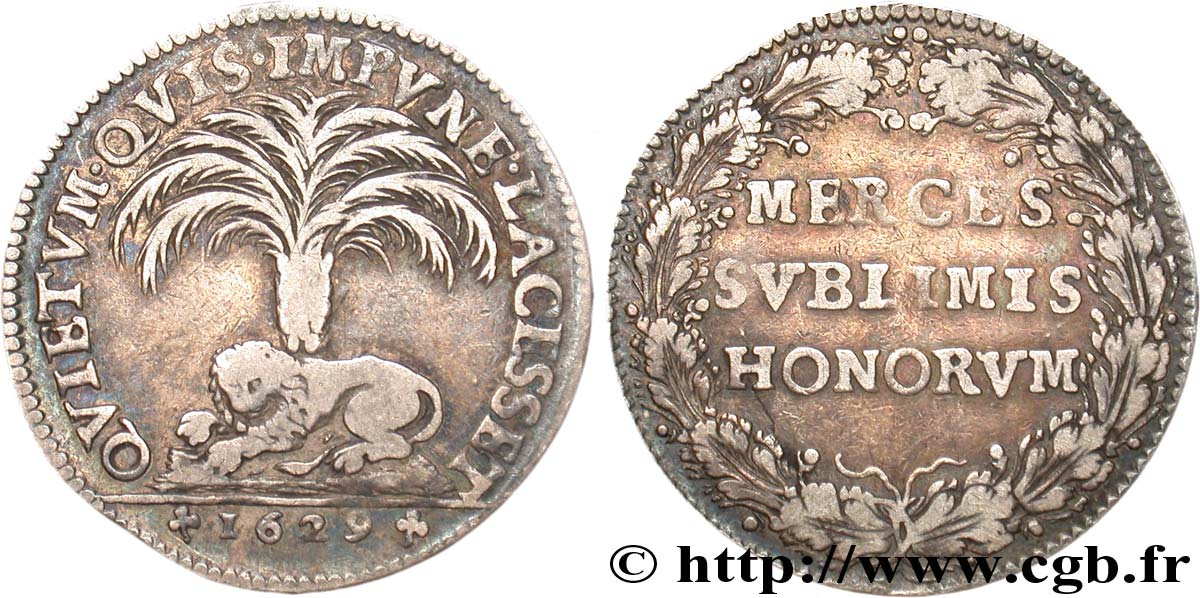
 Report a mistake
Report a mistake Print the page
Print the page Share my selection
Share my selection Ask a question
Ask a question Consign / sell
Consign / sell
 Full data
Full data


